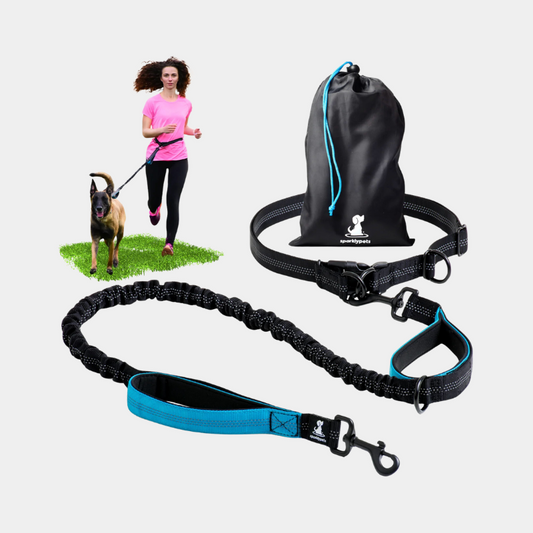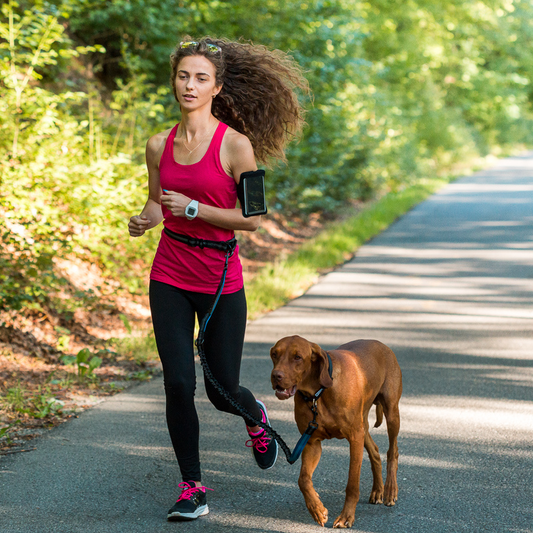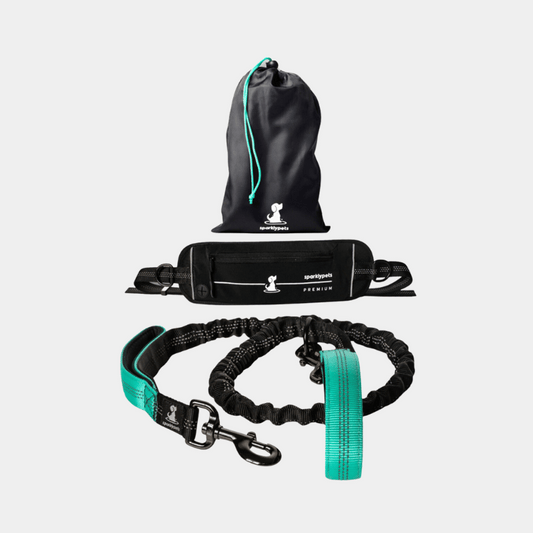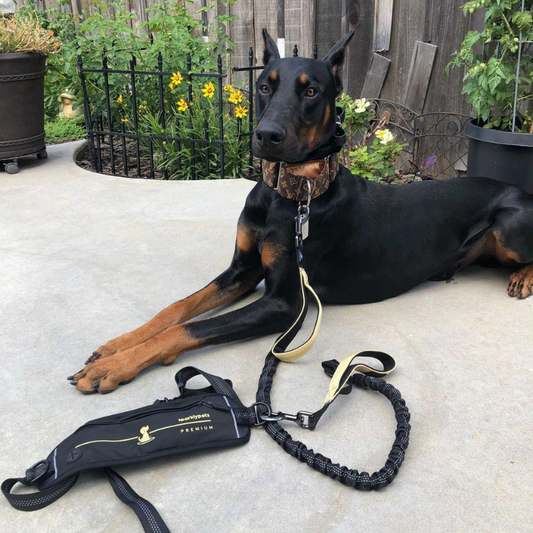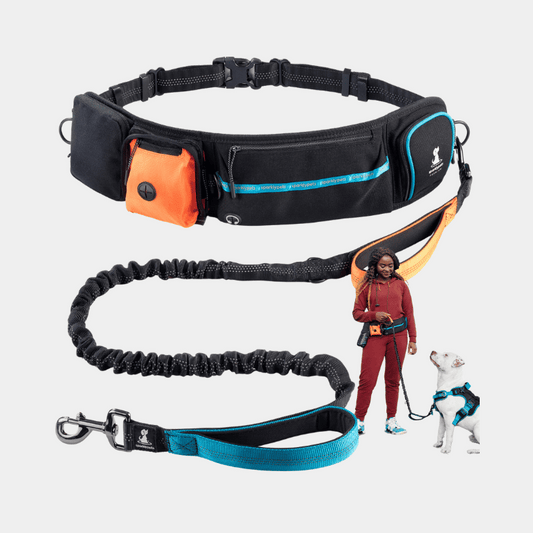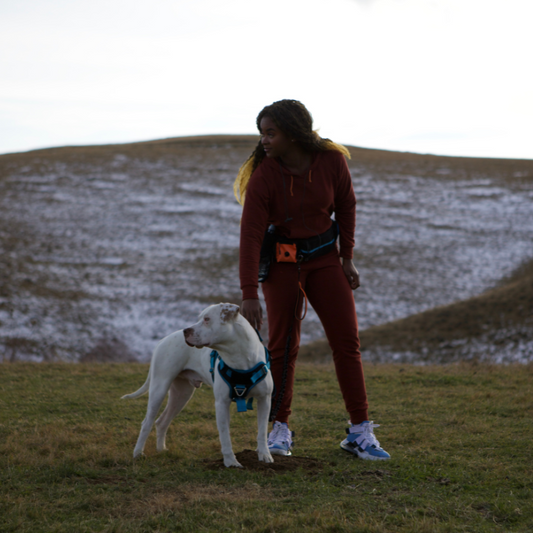When you have a dog, he becomes your responsibility. And to keep him safe, it’s up to you to make your dog listen to your commands and do as you tell him. But training a dog is not that simple.
Training your dog takes a lot of time and effort and usually also requires some assisted guidance so that the owner can get a grip on what they need to do or how to do it. Before you start the training process, you should always do some research to learn as much as you can about this topic. But since you’re here, it probably means you’re already researching this topic, so let’s talk about the top 5 things you should keep in mind when training your dog.
What’s the point? (Mind the purpose)
There are several reasons why you would want to train your dog. There’s obedience training, potty training and basic commands, tricks, or dog agility are just a few of these. They all have one thing in common though: a purpose.
When training your doggo should always have an end goal in mind. To find out what type of training you need to do, simply answer the following question: Why do I want my dog to do this?
Answering this will bring you clarity to your purpose and will help you in taking the best course of action for your training sessions.
Positive reinforcement works better
It’s a proven thing that using positive reinforcement when training your dog brings you better results, as you can better bond with your dog this way.
Using positive reinforcement means that you offer a reward when your dog does something good, as opposed to punishing him when he does something bad. For example, you’d offer your dog a treat when he chews on his toy, rather than punishing him when he chews on your shoe. This way, your dog will understand that he’s rewarded when chewing on the right items, and will eventually drop the others.
With this method, any bad behaviour has consequences as well, except here, the consequences are the lack of rewards, rather than the presence of punishment.
Remember to also end each training session with a positive, as much as possible. This means ending when your dog performed something well, even if it’s not the command you were trying to teach. This will increase the attention span and peak the interest your dog has in training sessions.

Set clear house rules
We could argue that you need to set clear house rules even before bringing a new dog into your home. Setting clear boundaries will allow you to determine from the beginning what your dog is and is not allowed to do.
For instance, is your dog allowed on the couch? Where is he allowed to eat? Can he navigate the entire house or just certain areas? Having these things established beforehand will make it easier for you to convey what you want to your dog.
Remember dogs are individuals
While training is important for all dogs, you must keep in mind that dogs are individuals too. This means 2 things, at the very least:
- Not all dogs respond to the same techniques.
- Not all dogs will behave the same way.
Basically, what we’re saying is that you should keep in mind that your dog may not react to training the way other dogs do. He may not like the same activities or even the same treats as other dogs. Watch for his reactions and adjust your training accordingly.
Persevere
Training is a life long learning experience for dogs, so don’t stop training after they are listening to your wanted commands. Rather, you need to keep practicing those commands and, sometimes even learn new commands, beyond your initial purpose. This practice will keep your dog’s mind sharp and eager to learn. It will also continuously strengthen the bond you have with one another.
As a bonus, we’d like to also mention that it’s important to consider the dog’s age and past experiences when training. Thing will go differently if you start training with a puppy or if you start doing this with an adult dog that’s been adopted. And that’s because puppies are like a blank slate - they have nothing but their instincts to guide them, so they will be easier to do training with. On the other hand, a mature dog may have had previous owners that have started training with them in a different and potentially bad way, they may have been mistreated (especially valid for adopted dogs) or they may have not had any owners or training whatsoever, which can cause for their instincts to become habits.
Bottom line is you need to factor in all of these details when considering training your dog and make sure that anything and everything you do is adapted to their existing behavior. Otherwise, you might just be giving yourself more headaches to handle.


